Football is a global spectacle that unites continents and generations. At the heart of this worldwide attention are massive competitions where thrilling dramas unfold, players demonstrate the highest level of skill, and create moments that remain etched in memory forever. In this article, we will talk about the most prestigious football tournaments.
FIFA World Cup
The FIFA World Cup is the premier international tournament organized by FIFA. Held every four years, it brings together the best national teams from all continents. It is considered the most significant event in the world of football due to its massive audience and the highest level of participants.

The first World Cup took place in Uruguay in 1930, and today it captivates billions of viewers worldwide. The tournament features 32 teams competing for the title of the strongest national team. The most decorated countries are Brazil (5 wins), Germany, and Italy (4 wins each). The unique atmosphere and intense matches make this tournament special for both players and fans.
In addition to the sporting aspect, the World Cup has a significant impact on the economy and tourism of the host countries. Each event is accompanied by massive advertising campaigns and new infrastructure projects, confirming its prestige.
UEFA Champions League
The Champions League is the premier club tournament in Europe, organized under the auspices of UEFA. It brings together the strongest clubs representing their countries to determine the best team on the continent. The tournament was established in 1955 and was initially known as the European Champion Clubs’ Cup.
The tournament format includes a group stage and knockout rounds, adding drama and spectacle to each match. The Champions League is known for its high level of play, with the participation of leading European clubs such as Real Madrid, Barcelona, Bayern Munich, Liverpool, and others. Real Madrid holds the record for the most titles (14).
One of the most prestigious football tournaments attracts significant investments. Investors are eager to participate because the event is highly popular and massive. The Champions League final is not just a match but a grand show that attracts a multimillion audience.
Copa America
The Copa America is the oldest international football tournament organized by CONMEBOL. It brings together the best national teams of South America, including football powerhouses like Brazil, Argentina, and Uruguay. The tournament has been held since 1916 and has a rich history.
Over the decades, legends have emerged within the Copa America. It is where Pele and Diego Maradona made their mark, and in 2021, Lionel Messi finally lifted the long-awaited trophy, becoming part of this great history. The tournament is known for the combination of technical football and the unstoppable South American passion.
The Copa America also symbolizes the cultural unity of the continent. Matches are accompanied by vibrant shows, and the atmosphere in the stadiums is always electrifying.
English Premier League
The English Premier League (EPL) is the most important national championship in the world. Founded in 1992, the league consists of 20 clubs competing for the title of English champion. The EPL is renowned for the intensity of matches, high level of competition, and star-studded team rosters.
Among the most successful clubs are Manchester United, Liverpool, and Manchester City. Live broadcasts of EPL matches attract millions of viewers worldwide, and the league leads in commercial revenues. The influx of investments and the attraction of top coaches and players make the Premier League a model of football excellence.
UEFA European Championship
The UEFA European Championship (Euro) is the premier continental tournament for European national teams. Held every four years, it brings together teams that have passed the qualifying stage. The first tournament took place in 1960, and since then, Euro has become one of the most anticipated events in the world of football.
The championship is known for its high level of competition, with the participation of the strongest national teams, including Germany, Spain, Italy, and France. The latest tournament held in 2021 ended with Italy’s victory. Euro attracts attention with exciting matches and a festive atmosphere that engulfs the whole of Europe.
What Sets Apart the Most Prestigious Football Tournaments?
The most prestigious football tournaments stand out for their unique format, history, and level of participants. Whether it’s the FIFA World Cup, UEFA Champions League, or Copa America, they bring together the best teams, ensuring a high level of excitement. Here’s what makes them so special:

- Scale. For example, the FIFA World Cup covers the entire globe, attracting teams from every corner of the world. This event takes place once every four years and becomes a focal point for billions of fans, making it truly exceptional.
- Level of Competition. Prestigious tournaments like the Champions League gather the strongest clubs in the world, representing leading football nations. Each game is a clash of the best players, coaches, and strategies, intensifying the passion on the field.
- Historical Significance. Tournaments like the Copa America or UEFA European Championship have rich histories and traditions. They crown the best and create new football legends who etch their names in the annals of global sports history.
- Financial and Cultural Importance. Tournaments attract sponsors, investments, and media attention, contributing to the development of the football industry. They become arenas for innovation, whether in technologies, coaching approaches, or media promotion.
If you’re wondering which football tournaments are considered the most prestigious, the answer is clear — those that leave an indelible mark on fans’ hearts and set the highest standards in the world of sports.
Conclusion
The FIFA World Cup, UEFA Champions League, Copa America, English Premier League, and UEFA European Championship are the pinnacle of the football world, where the best players, teams, and fans come together. These are the most prestigious football tournaments that encompass not only competitions but also significant cultural and economic events. They inspire millions of people and continue to set new standards of quality and excitement.
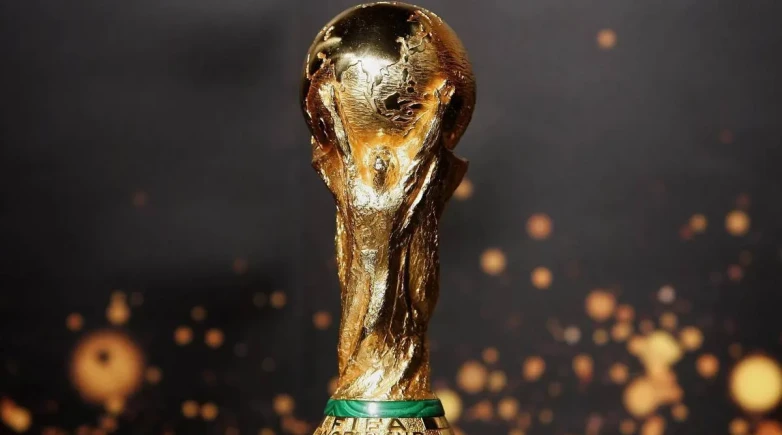
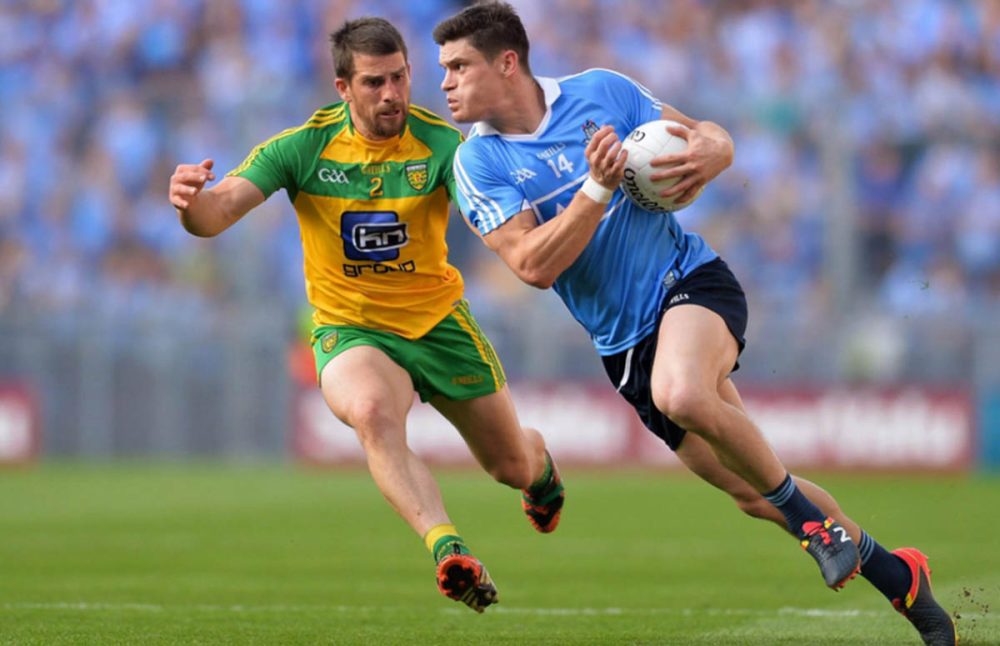

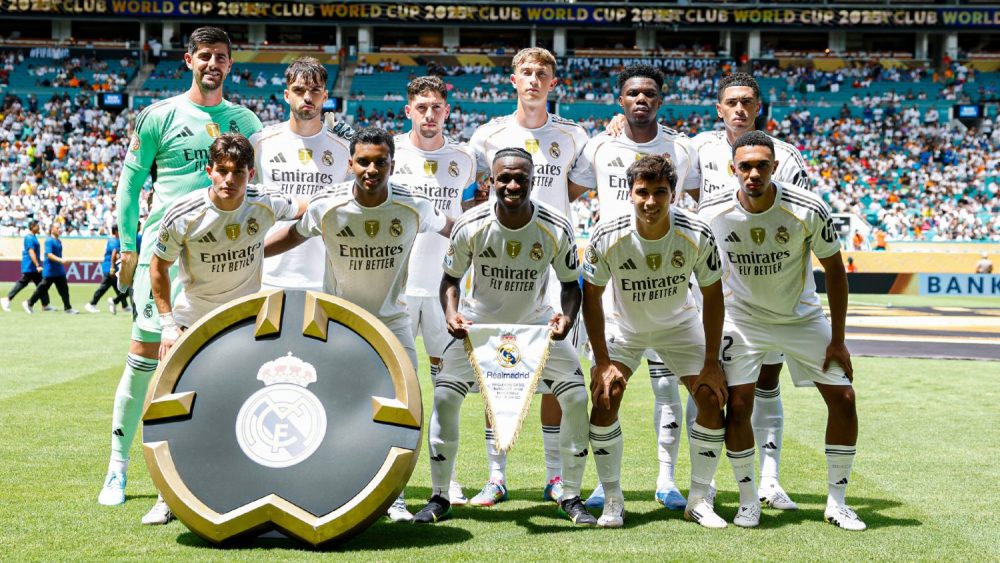
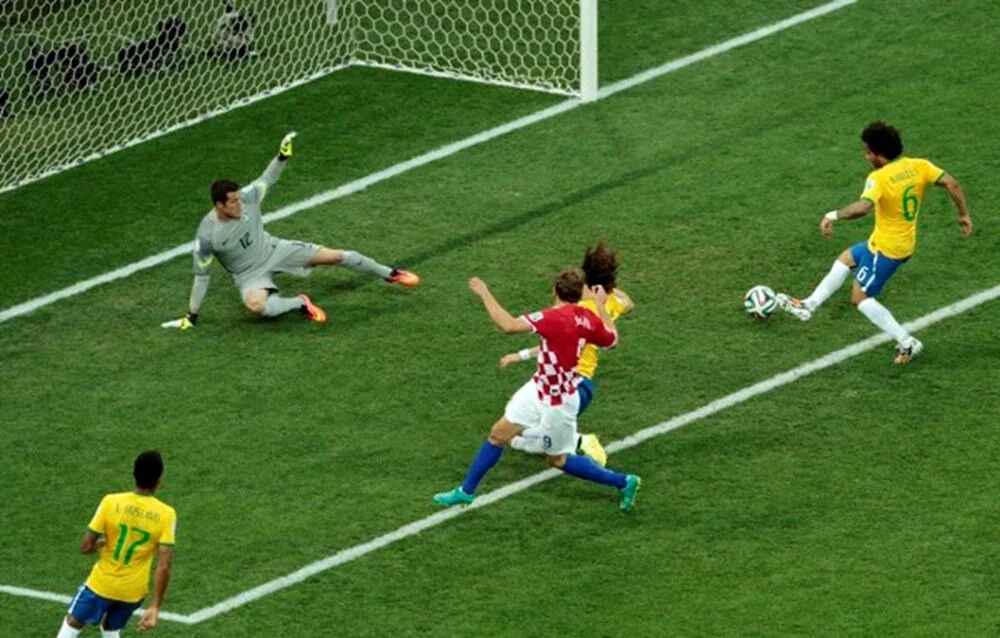


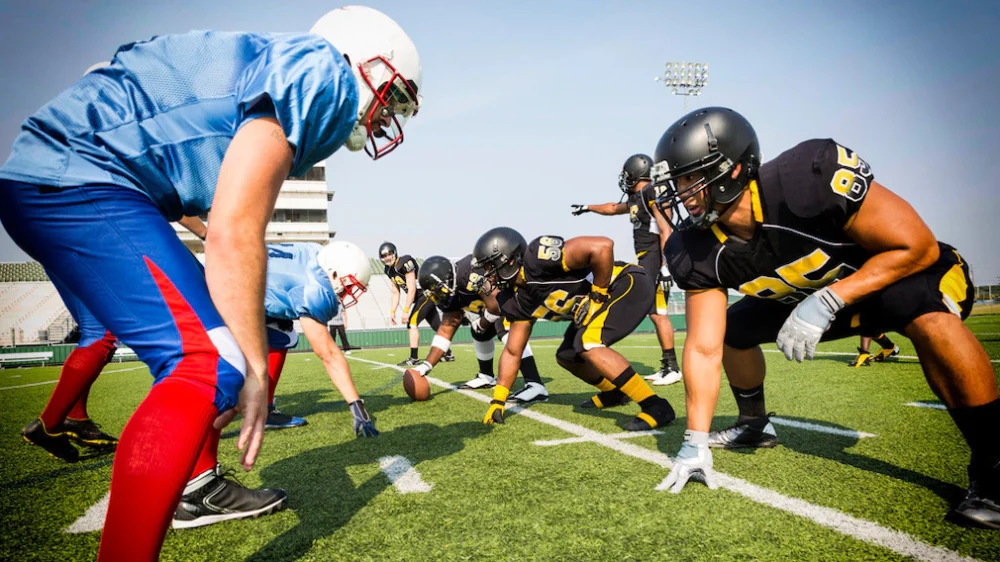
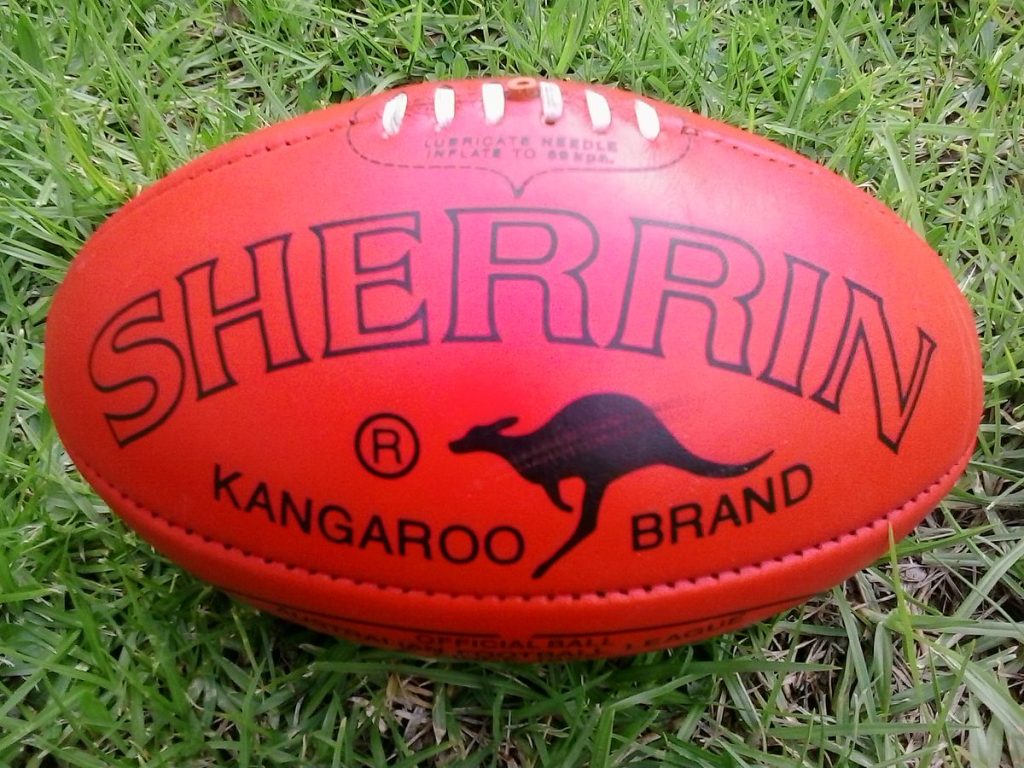
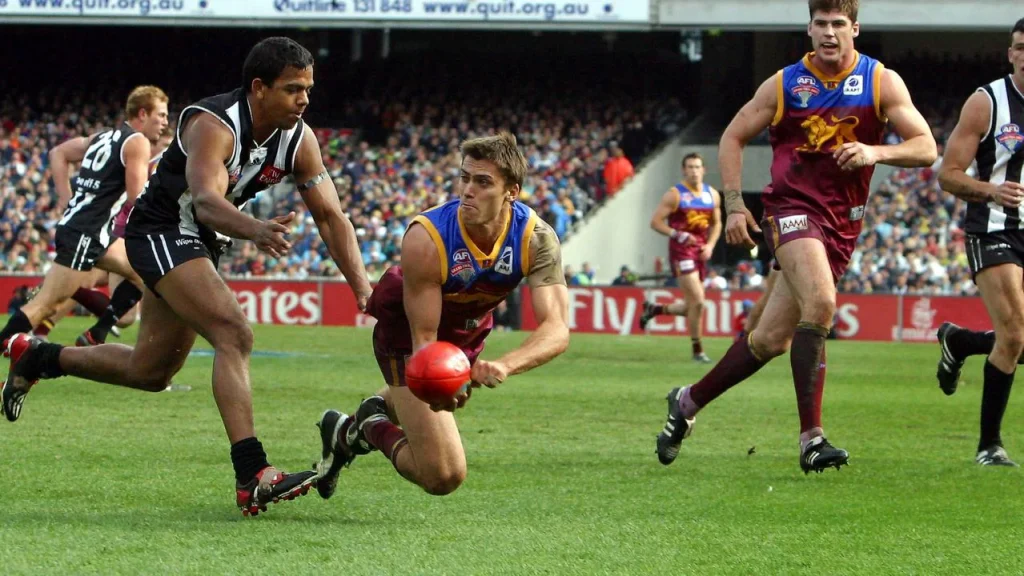
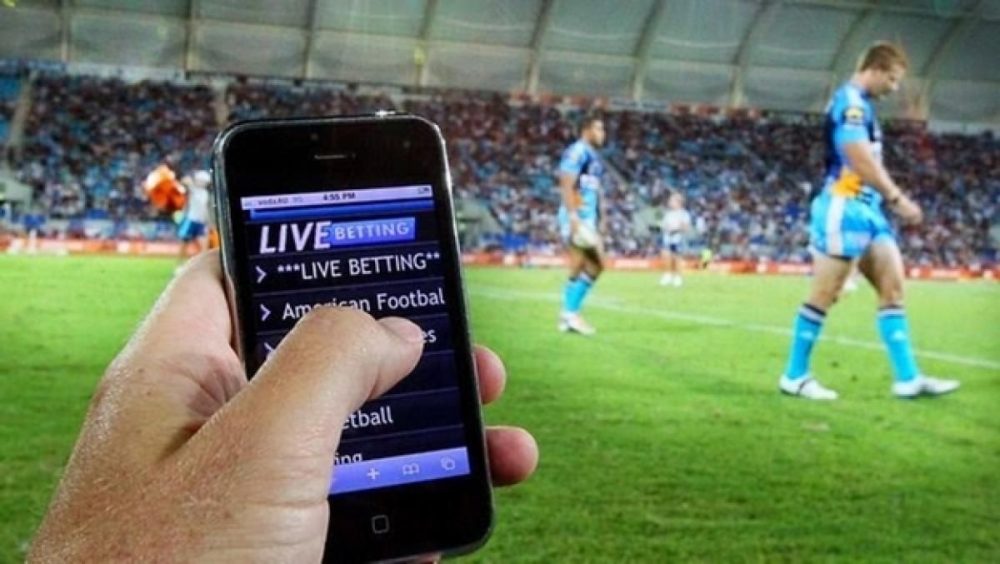


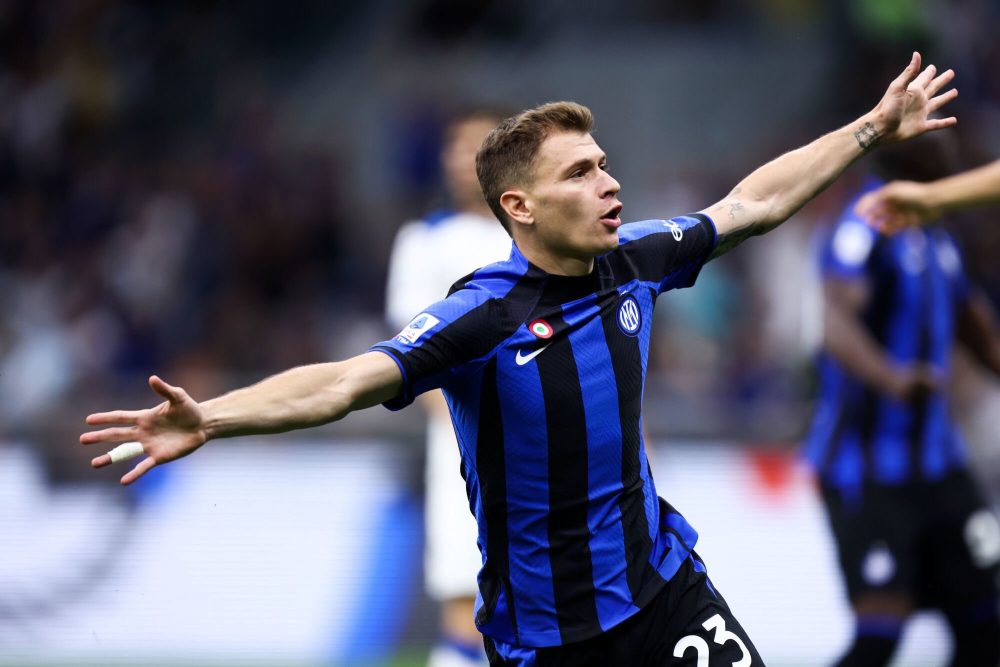

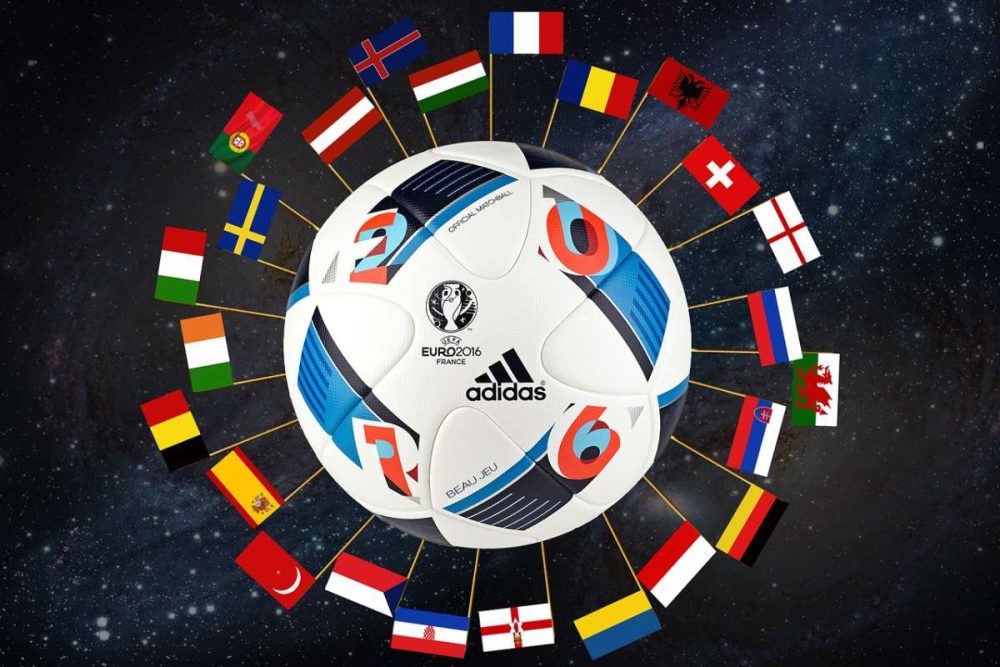
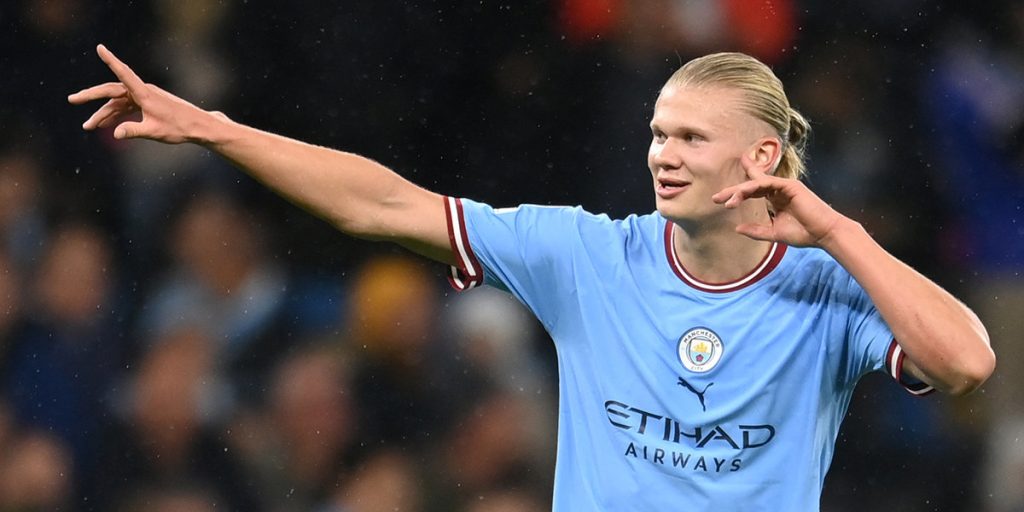 Before you are players who are currently at the peak of success. These are legends of sports who will forever be remembered in history.
Before you are players who are currently at the peak of success. These are legends of sports who will forever be remembered in history.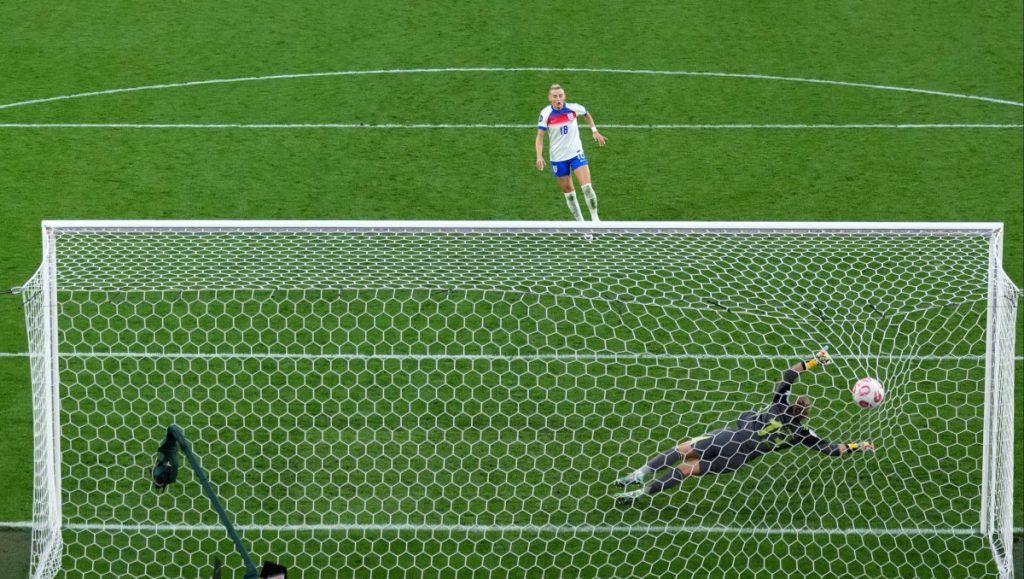
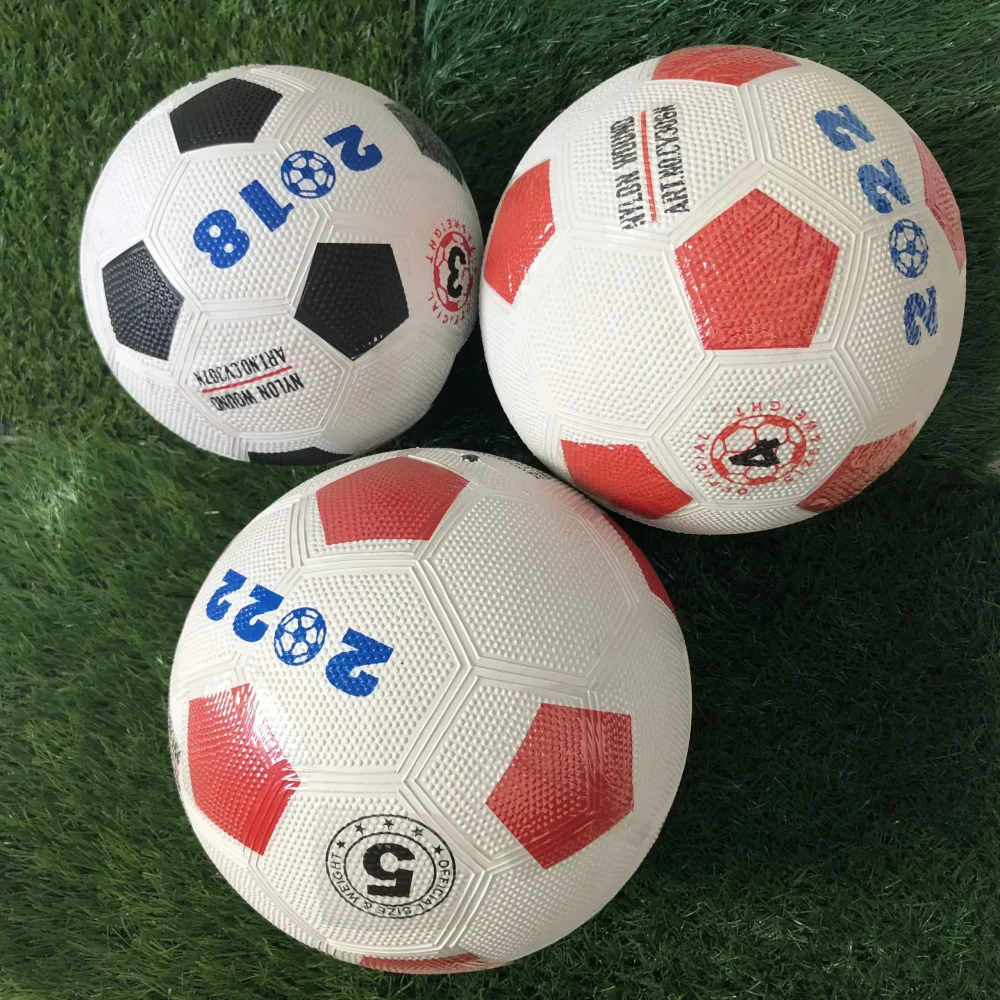
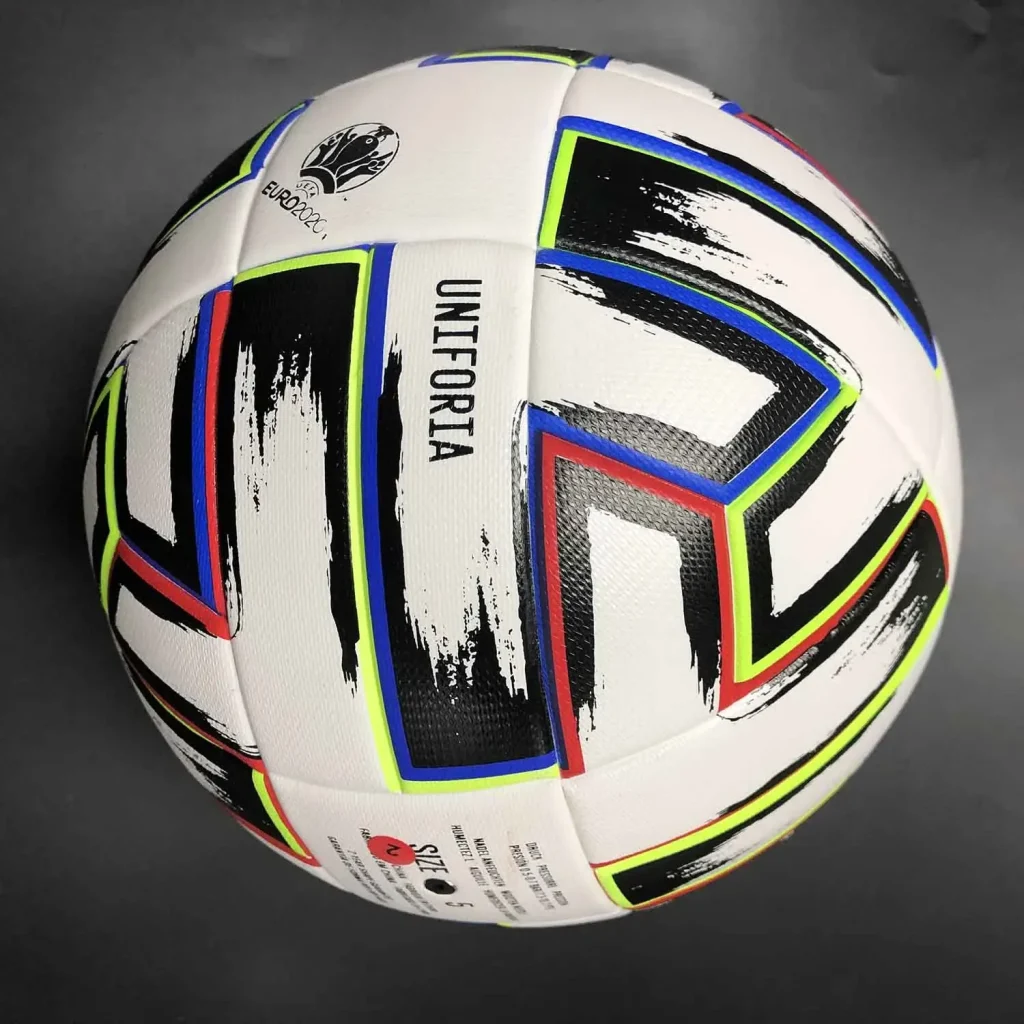
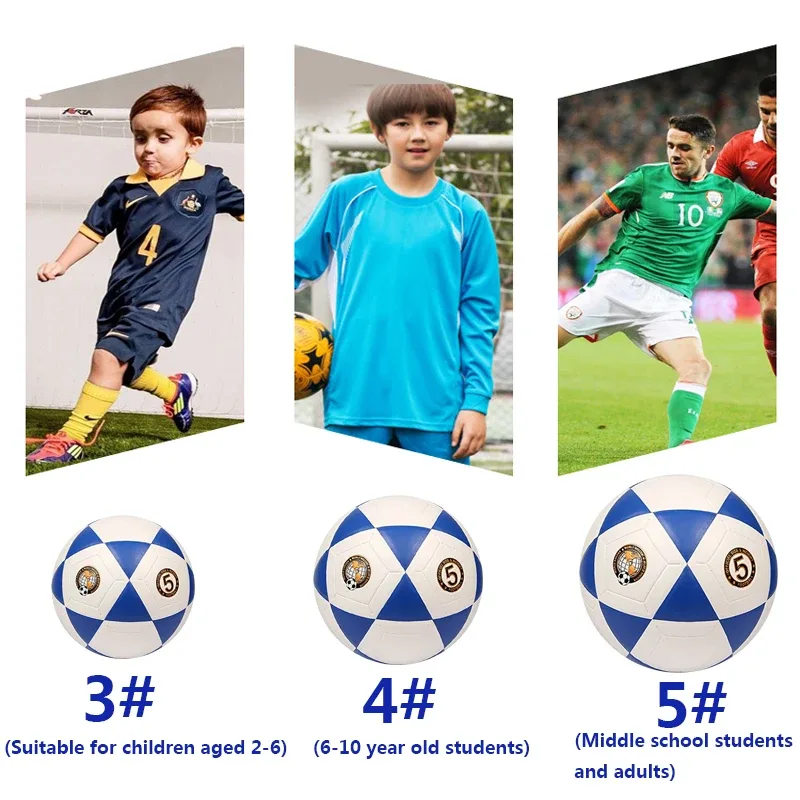
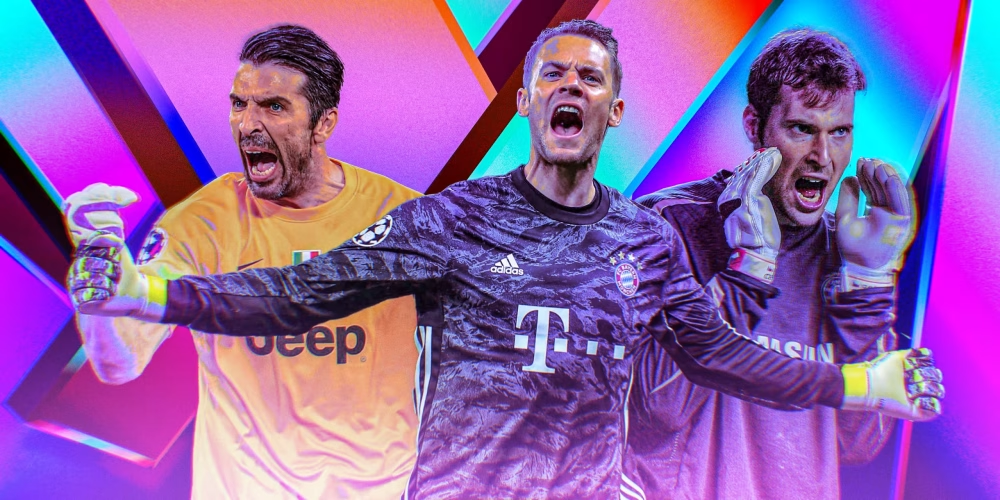
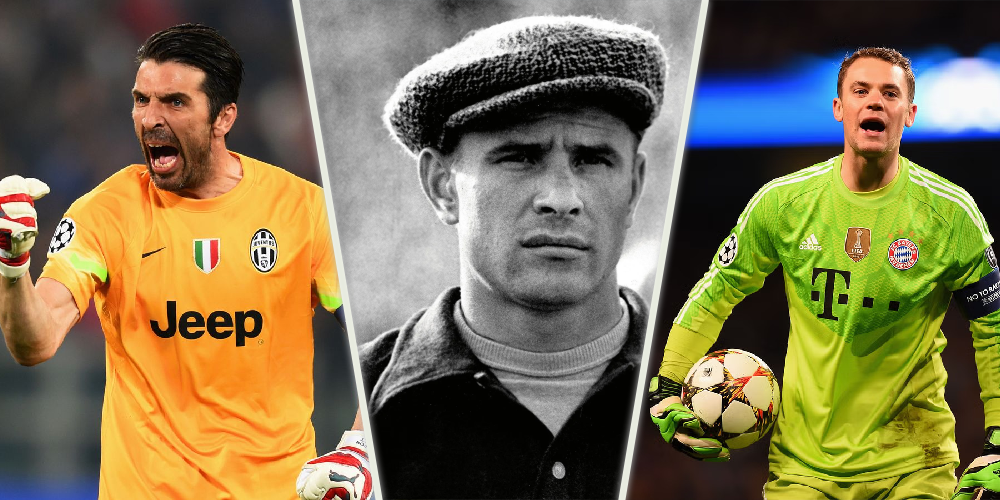 The best goalkeepers in football become such not only because of their physical form but also thanks to coaching schools and methodology. The evolution of positions began with the era of passive “posts” and led to active cybernetic conductors who read the game ahead.
The best goalkeepers in football become such not only because of their physical form but also thanks to coaching schools and methodology. The evolution of positions began with the era of passive “posts” and led to active cybernetic conductors who read the game ahead.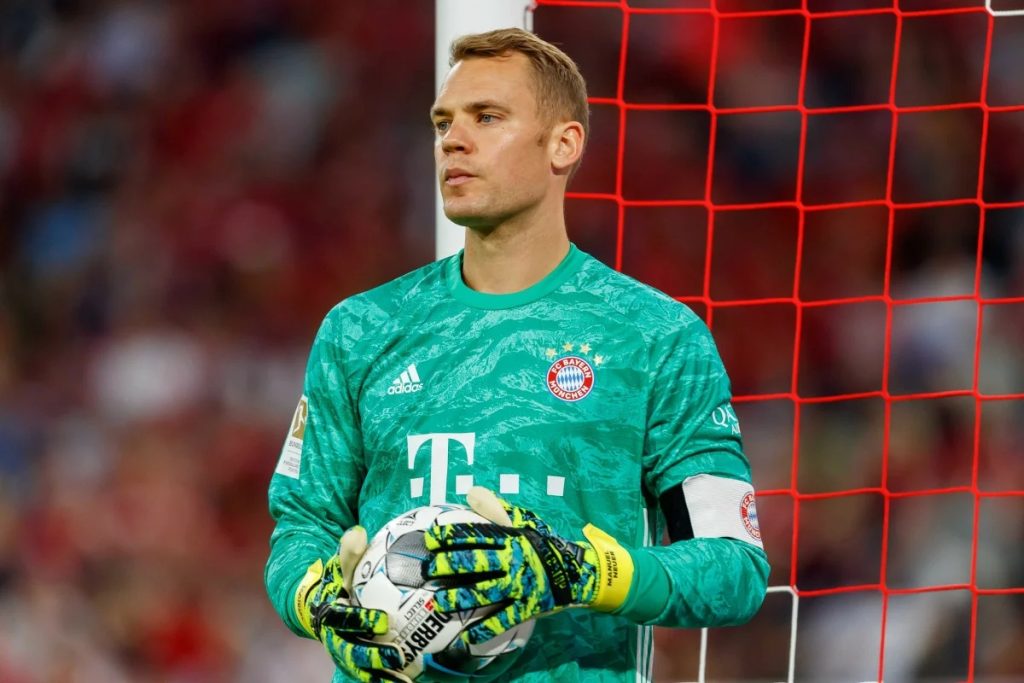 The goalkeeper shapes not only the outcome of matches but also the trust within the team. The best goalkeepers in football are strategists, leaders, and psychologists capable of changing the championship dynamics with a single action. Their contribution transcends the goalposts, influencing the culture and identity of the club.
The goalkeeper shapes not only the outcome of matches but also the trust within the team. The best goalkeepers in football are strategists, leaders, and psychologists capable of changing the championship dynamics with a single action. Their contribution transcends the goalposts, influencing the culture and identity of the club.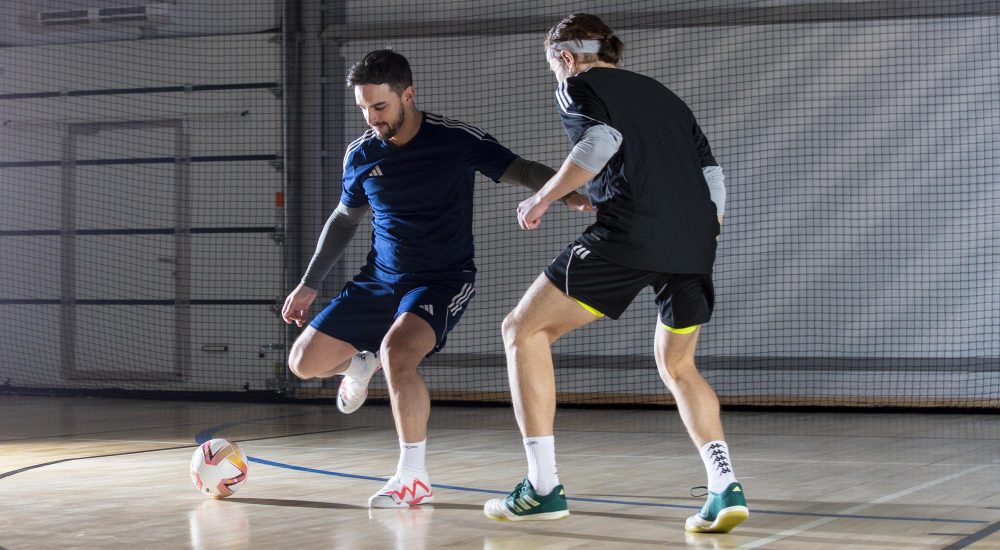

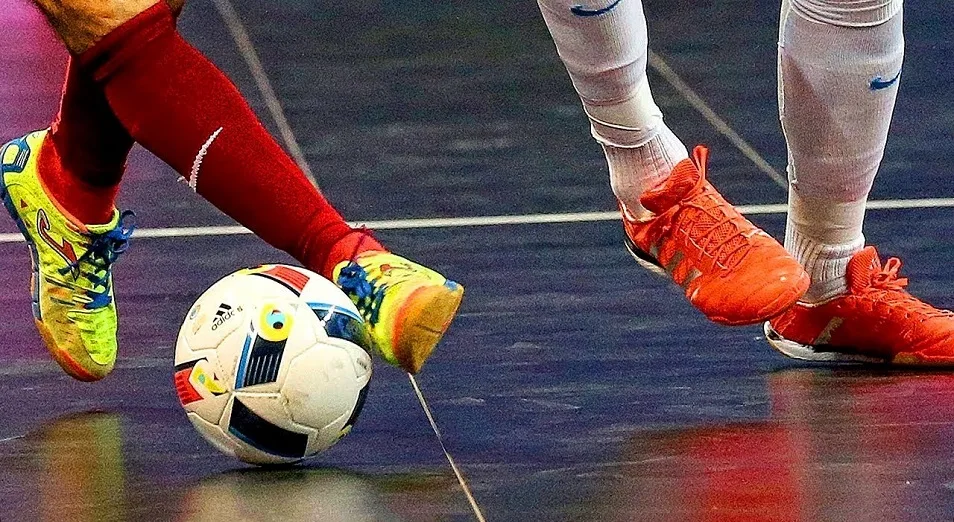 The absence of fixed positions makes every attack of a futsal team a collective effort of all four field players. The main play schemes include: diamond (1-2-1), square (2-2), Christmas tree (3-1), and Portuguese teams increasingly practice a pentagon with an active goalkeeper. Substitutions are unlimited, creating short but super-intensive game segments lasting 3–4 minutes.
The absence of fixed positions makes every attack of a futsal team a collective effort of all four field players. The main play schemes include: diamond (1-2-1), square (2-2), Christmas tree (3-1), and Portuguese teams increasingly practice a pentagon with an active goalkeeper. Substitutions are unlimited, creating short but super-intensive game segments lasting 3–4 minutes.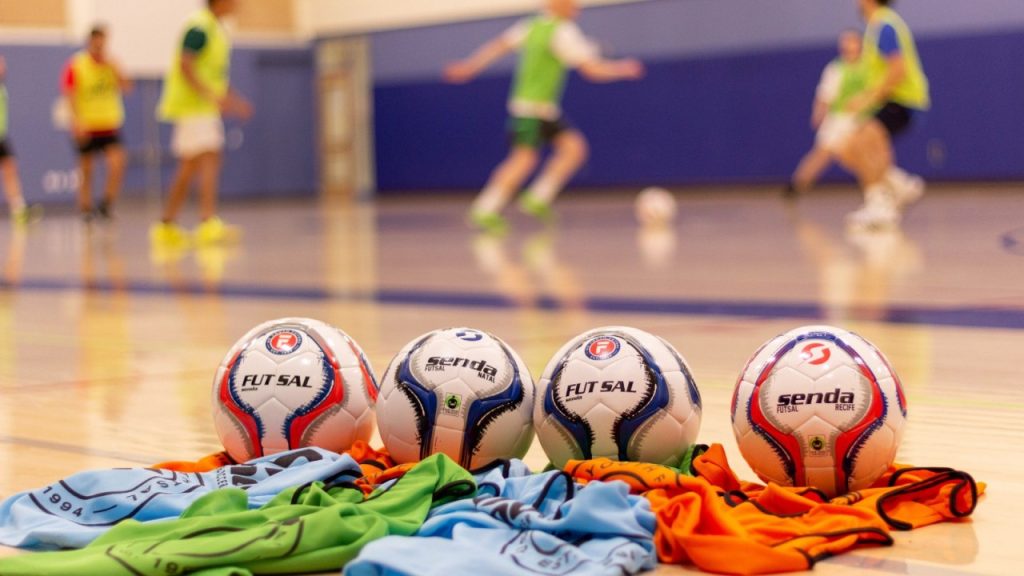 Today, this new discipline is shaping a distinct school of thought, strategies, and skills. The features of futsal open up prospects for athletes, coaches, investors, and digital developers. Every movement on the court becomes a manifestation of a new game philosophy — where speed combines with precision, and tactics overcome strength. Futsal is growing, synthesizing technology and sport, evolving into a significant phenomenon — vibrant, multi-layered, and fast-paced.
Today, this new discipline is shaping a distinct school of thought, strategies, and skills. The features of futsal open up prospects for athletes, coaches, investors, and digital developers. Every movement on the court becomes a manifestation of a new game philosophy — where speed combines with precision, and tactics overcome strength. Futsal is growing, synthesizing technology and sport, evolving into a significant phenomenon — vibrant, multi-layered, and fast-paced.